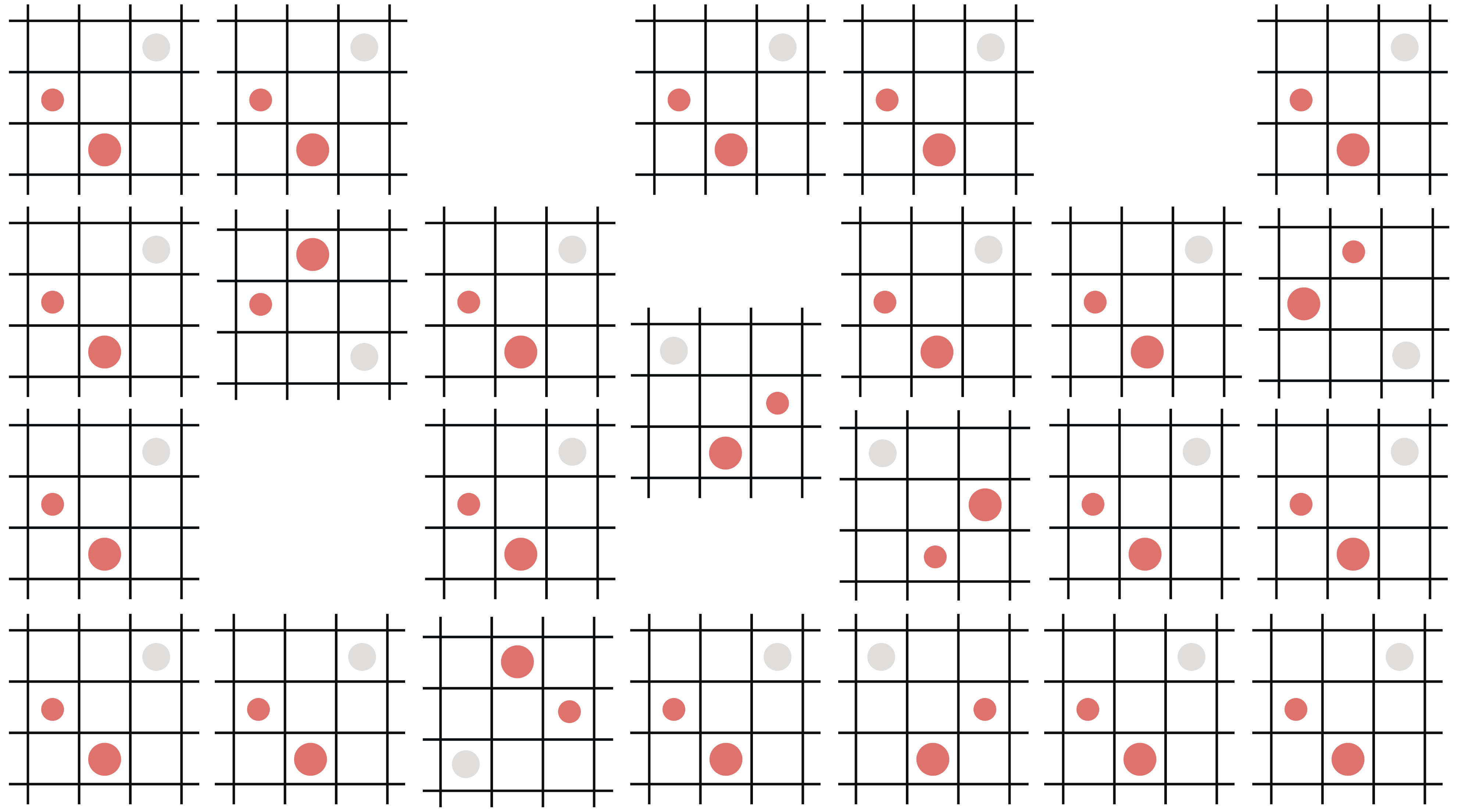3 takeaways from the Women in Product conference

One sign of a good conference is attendees walking out discussing ideas with new peers. One sign of a great conference is attendees showing up at work on Monday ready to propose concrete change based on their new learnings.
Earlier this month, a group of seven members of Asana’s product team attended the Women in Product conference just south of San Francisco. We spent a full day hearing the inspiring and bluntly honest stories of women who have contributed to building some of today’s renowned products, absorbing their sage and humbling advice.
We ended the day with thorough notes on the career insights we had heard—“Remember who you are fully and completely” (Erin Teague, YouTube), “Treat your career like dating” (Amanda Richardson, Rabbit), “Stop telling people you’re good at ‘getting shit done’” (Joanna Bloor, The Amplify Lab)—and we’re excited to digest these over the weeks to come.
We also returned to work on Monday, ready with tactical suggestions for building powerful, user-centric products. I’ll outline three of our favorites:
1. “Bring the customer into every room.”
Tatyana Mamut, who was most recently GM of Amazon Web Services, opened her talk boldly, attesting that the world’s best products differentiate themselves through “customer obsession” (a phrase often used by Amazon CEO Jeff Bezos).
She encouraged her audience to step away from conventional user personas, which often gloss over details or allow teams to take creative liberties, and instead bring examples of real users into each conversation. She suggested practices of posting real customer quotes, faces, and screen-grabs around the workspace, and shared a Bezos mantra that “when anecdotes and the data conflict, trust the anecdotes.”
This particularly resonated with our Asana product team, as we’ve recently been encouraging all PMs to sit in on at least two customer training calls each month (in addition to shadowing user research sessions for our own features). Monthly, we share out our learnings, discuss patterns, and consider how these perspectives might influence our roadmap.
Tatyana’s talk echoed the goals of this initiative, and pushed us to share our learnings not just amongst the PM team, but also with our cross-functional program teams, allowing our engineering, design, and data partners to talk about customers with fluency and frequency.
2. “Design a ‘true north’ for your product.”
Liz Li from LinkedIn shared her experience in defining key adoption metrics for LinkedIn, and the company’s transition from focusing on signup volume to signup quality. She recommended three steps to learning what makes a product “sticky”:
- Start with your product’s key value propositions
- Qualitatively identify actions that align with those core values
- Confirm the predictive validity of those actions through data
This process stood out to a few of us because it felt different from how Asana had originally identified its core actions. While Liz started qualitatively, we had started in the data, running a regression analysis to identify actions most correlated with retention. This was a great start!
But as the system has been in place, we’ve recognized a few cases where we feel our core actions could better align with the greatest values of the product. As a result, we’ve started to reflect on those core actions and explore a next iteration. Liz’s advice provided a great framework and language for our ongoing refinement.
3. “Let your idea wobble.”
Emily Weiss of Glossier closed out the conference detailing her experience launching Glossier, a hugely successful beauty brand that has excelled despite a crowded market. Her point was simple but poignant: Take a moment before evaluating an idea’s validity. She shared that had she been too quick to judge whether Glossier would be a hit, rather than toughing out the uncertainty, she may have pulled the plug on something great.
At Asana, the first stage of our product development process is one of discovery, where we’re encouraged to explore the market and user pains, employing divergent thinking before settling on an idea. Emily’s talk validated this process, and encouraged each of us to relish the ambiguity of this phase. Sometimes after a little “wobble,” an idea can come into its own.
Interested in learning and building with the Asana product team? We’re hiring! And if you’re attending the Grace Hopper Celebration of Women on September 26-28, be sure to stop by booth #4822 to say hello to members of AsanaWomen. We love connecting with awesome women across tech and would love to tell you more about working at Asana.
AsanaWomen’s mission is to showcase the work and passions of women in the tech industry by providing a platform to celebrate their talents and spotlight role models. As a collective, we hope to aid career development and support women to become industry leaders here at Asana, and beyond. We were a proud underwriter of Women In Product’s 2018 Scholars program and are thrilled to be a Grace Hopper Celebration of Women 2018 Gold Sponsor.

